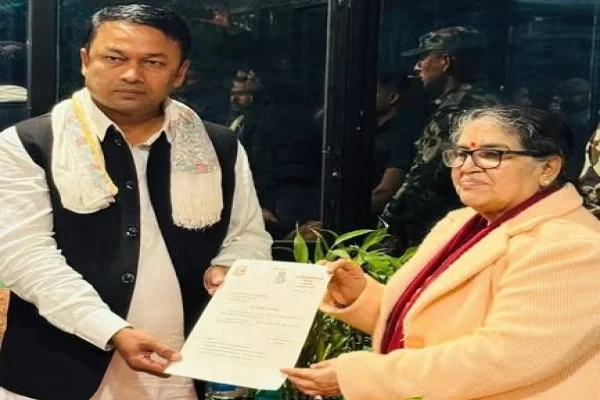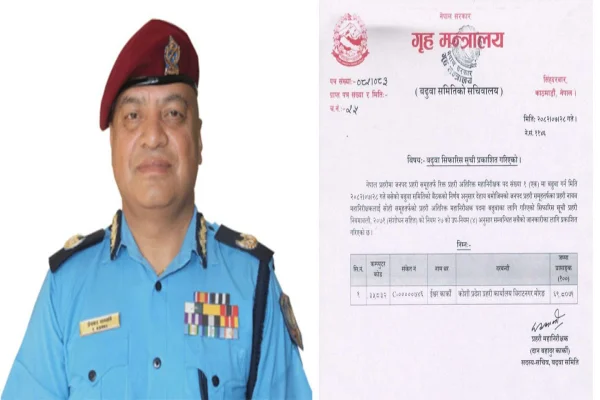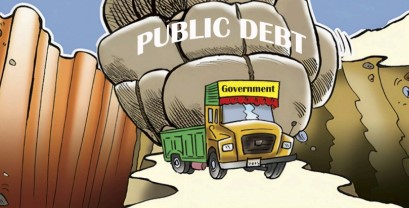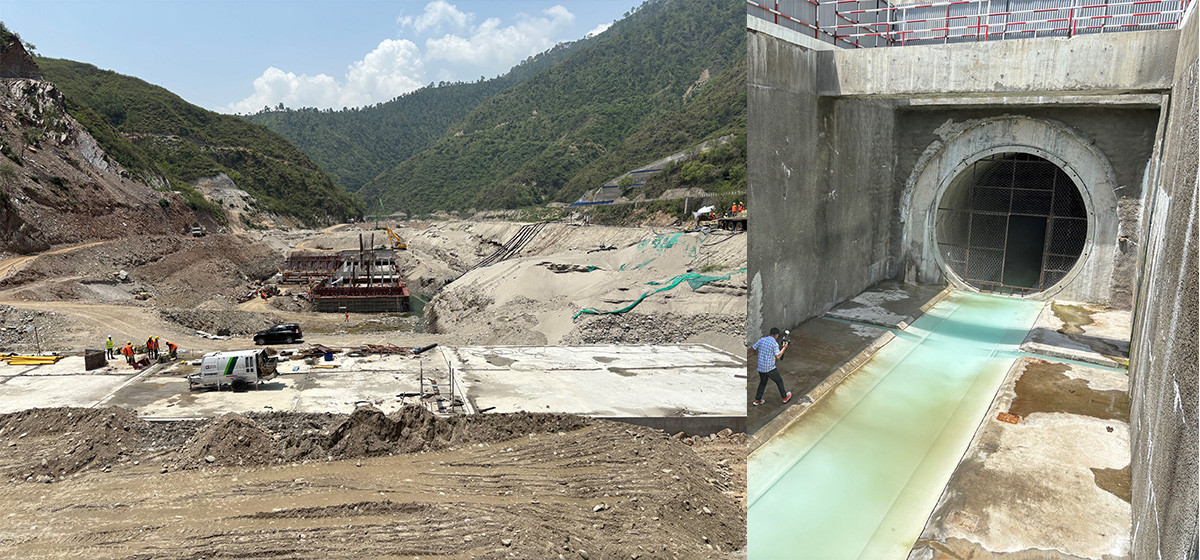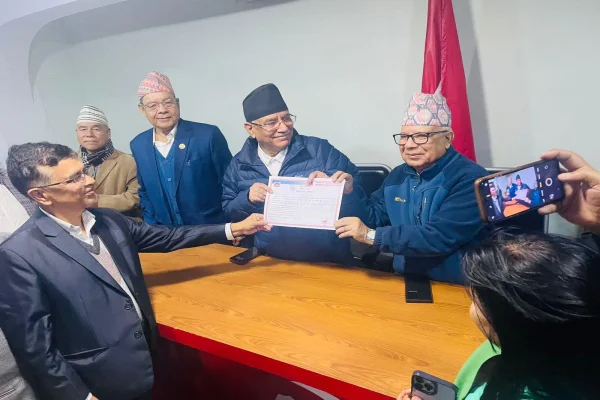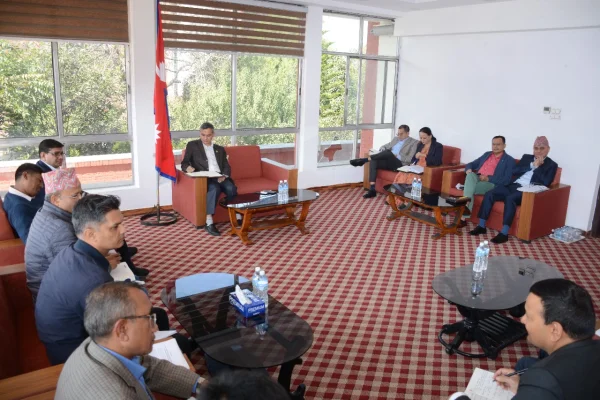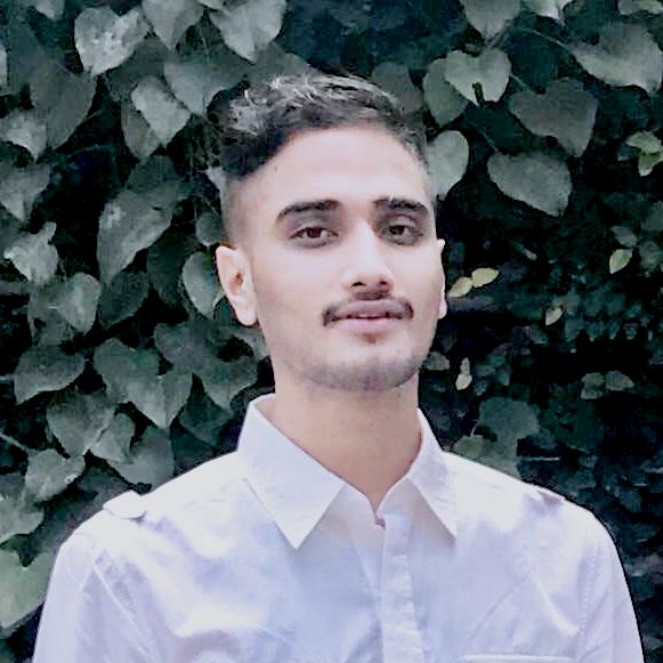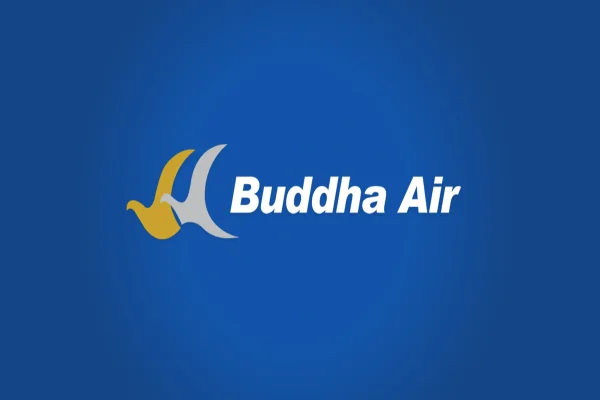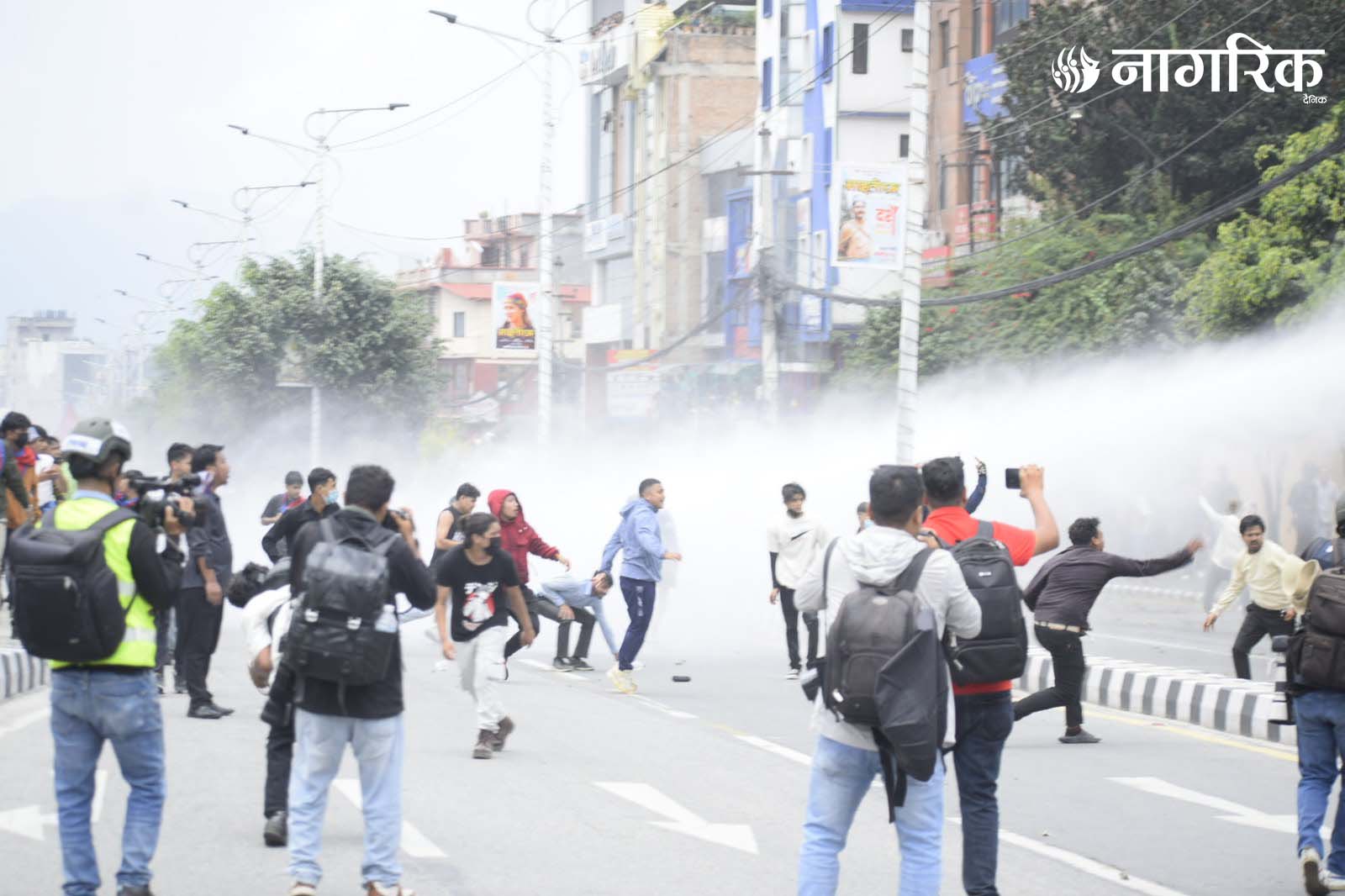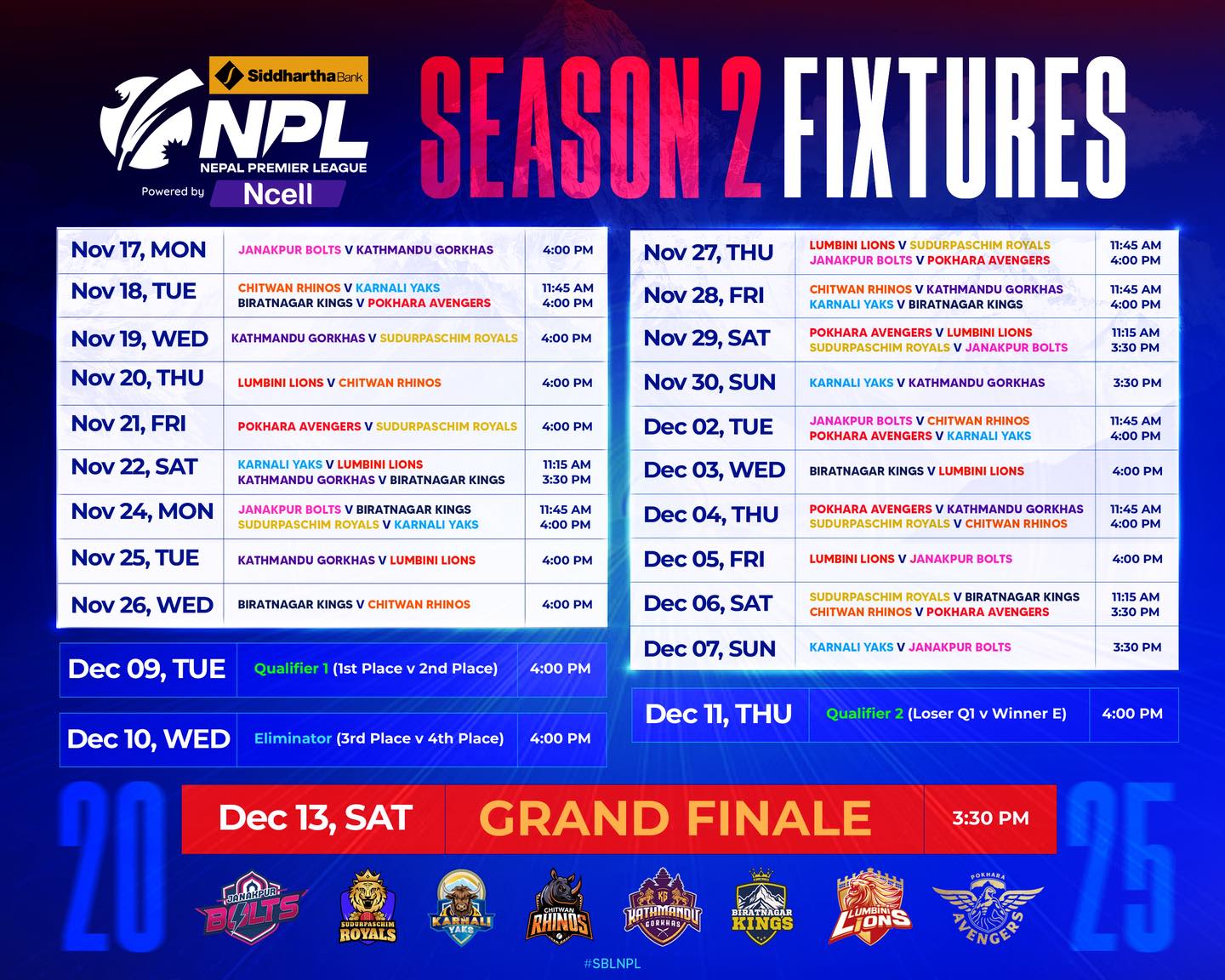But still, the issues of religious minorities don’t seem to hold a prominent place, unlike the much-vaunted indigenous and janjati issues and their rights.[break]
Historians believe that Muslims first came to Nepal from India to work as ammunition experts in the time of King Ratna Malla in the 16th century and settled here. Even King Prithvi Narayan Shah of Gorkha made use of their skills on ammo works. But it was only in 1963 that Nepal’s Muslims were recognized by the state as a separate social group. Now Muslims make about 5% of the total population of Nepal.
Muslims are concentrated in all the three regions of Tarai, Hills, and Himalaya. In the Tarai, the districts of Sunsari, Sarlahi, Rautahat, and Banke have larger Muslim populations, while in the Hills, too, a sizeable number of Muslims are found, particularly in Gorkha, Kaski, Tanahun, Palpa, and Syangja districts. Some have also been living in Himalayan districts of Mugu and Mustang.

(Photo: Zakaria Zainal)
Contrary to the so-called violent world image of Muslims generated by westerners’ Muslim phobia, Nepali Muslims are a quiet and peace-loving community. Barring a few religious tensions in the past which were the tragic results of ploys orchestrated by anarchists, the religious harmony and communal solidarity has been well maintained in Nepali society.
One such good example of well-maintained religious solidarity is demonstrated by the people in Rampur Valley of Palpa district, some 70 kms east from Tansen, the district headquarters of Palpa.
Rampur, home to some 20,000 diverse Nepalis of Brahmin, Chhetri, Magar, Newar, Thakuri, Dalits and other caste and ethnic roots, has also a good number of Muslims living there for centuries. There is no written evidence as to how long the valley has hosted its Muslim population. However, elders of the valley say that Muslims have been living there for long. Hari Bahadur Sen, 76, who migrated to the valley 46 years ago from a nearby hill, says, “As far as I know, Muslims were living in the valley before I arrived here. In fact, I knew them living here from the very beginning, even as a child.”
Even the Muslims living in Rampur Valley don’t have much knowledge about their first arrival there. Irshad Sheikh, a teacher, calculates the statistics of two to three Muslim deaths every year, and the deceased being buried in a nearby 65-ropani graveyard which is half filled now. Thereby, he guesses that the cemetery may suggest the Muslim settlement in Rampur to be not less than 300 years old. Some even claim that Muslims could one of the oldest inhabitants of the valley.
“Rampur is certainly the largest Muslim settlement in Palpa, with approximately 70 households and 700 people,” Mohammed Ismail, a local resident, says, “The other larger Muslim settlements in the Hills are in Tanahun and Gorkha districts.”
Another man opines that Muslims might have come here first during the India-Pakistan Partition of 1947, while others think they settled in Rampur on their way to India while returning from Gorkha after having done armory works there.
The Muslim community in Rampur is comparatively well to do, with more than 80% of its youths opting to go on foreign employment, especially to the Gulf countries. Another good percentage of the population is in local business. However, according to Khurshid, a student of Tribhuvan University at Kirtipur, there is hardly anyone who has joined government services, if we leave aside three schoolteachers teaching in local schools and a health worker. There is not even a single person who has joined the Nepal Army and the Police.
“But some Muslims were quite active in local politics, like Maqbul Miyan, who once was a vice-chairperson of the Darchha VDC of Rampur Valley,” says Nil Saru, a local chartered accountant.
“In terms of education and women’s empowerment, the community fares on average,” says Shekh Ayub, manager of the Madhur Sandesh monthly.
“There’s a madrasa (a school) that’s approved by the Ministry of Education, but it hasn’t yet received any financial support from the government. The two mosques the community has also haven’t received any official support till now.”
Still, people don’t seem to complain much, though they would be glad if the government provided them even a minimum support. The community believes largely in themselves than to wait for state support to come.
This can be proven by the initiative of a group of men who, while working in the Gulf, send back money collectively to the village in order to help in their cause.
“So far, individual scholarship has been provided to 13 orphans with money sent in by the migrants from the village,” Hamid, a local resident, says.
Besides, there is something special about the community that other groups can also follow: People in Rampur help each other in times of difficulty. Especially, they pool money to celebrate festivals like Eid, when the rich help the poor in the celebrations.
Though the poor status of women’s empowerment is an overall scenario of the whole country, Muslim women’s participation in politics and decision-making in Rampur is comparatively lesser than the other communities. But it seems the winds of change are slowly being felt even in Rampur. A few years ago, the women there founded their group, carrying the vision of working for women’s empowerment and eradicating social evils. Similarly, the youths have formed a youth club, Islamic Youth Society, which often organizes sports and other social and cultural events.
The Muslims of Rampur are quite similar to Pahadis in terms of language, appearance, and costumes. They claim that their culture is very much mixed with Pahadi ambience. Over time, they adopted typical Pahadi norms in clothes, language and cultural patterns, though not leaving their religious customs. Interestingly, it is common to see Muslim men going around in typical Nepali daura suruwal and Dhaka topi ensemble, some of them can even be seen coming for Namaaz, clad in such attires.
At the national level, to showcase the collective views of the Muslims in Nepal, the National Muslim Forum was formed in 2004, and it believes that Muslim identity can best be protected in line with the existence of statehood. The Forum is for a collective Nepali Muslim identity, and focuses, at national level, on the welfare and protection of the Muslim identity in Nepal.
The writer can be reached at keshbmalla@gmail.com
Christian population shoots up under secular state



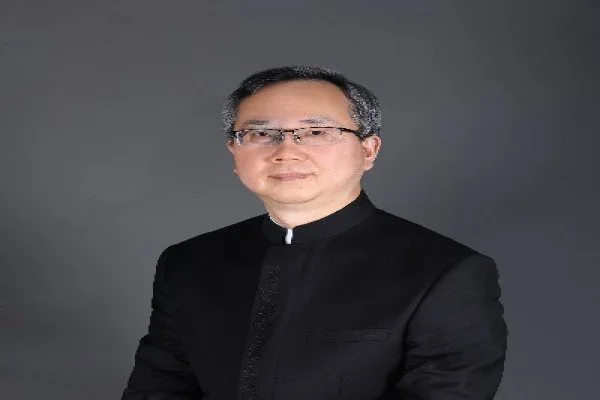
_20220426210826.jpg)
